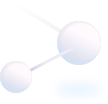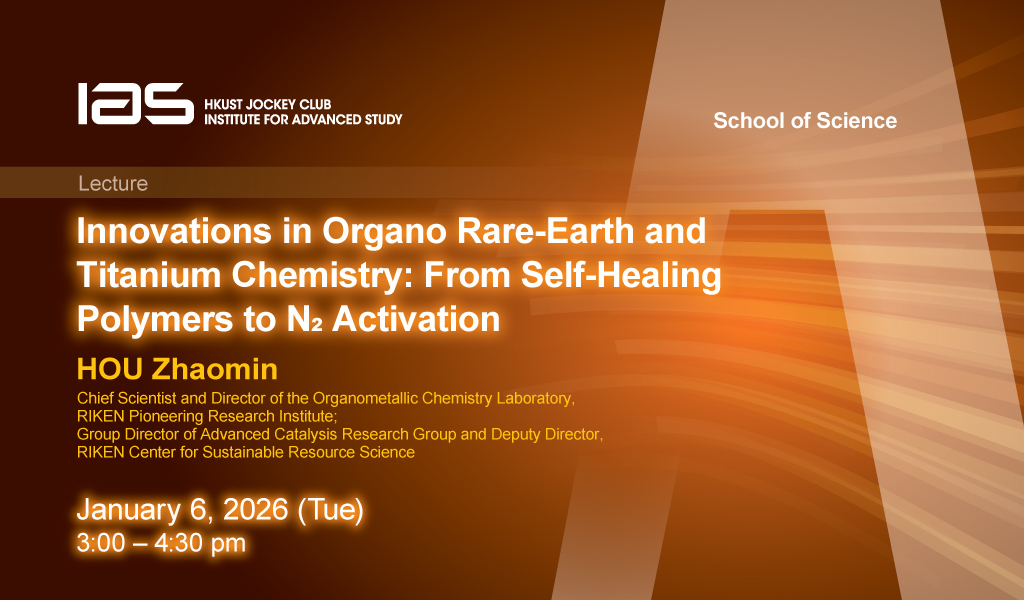In this presentation, we present a fourth-order conservative semi-Lagrangian (SL) finite vol-ume (FV) weighted essentially non-oscillatory (WENO) scheme without operator splitting for two-dimensional linear transport equations with applications of kinetic models including the nonlinear Vlasov-Poisson system, the guiding center Vlasov model and the incompressible Euler equation in the vorticity-stream function formulation. To achieve fourth-order accuracy in space, two main ingredients are proposed in the SL FV formulation. Firstly, we introduce a so-called cubic-curved quadrilateral upstream cell and applying an efficient clipping method to evaluate integrals on upstream cells. Secondly, we construct a new WENO reconstruction operator, which recovers a P3 polynomial from neighboring cell averages. Mass conservation is accomplished with the mass conservative nature of the reconstruction operator and the SL formulation. A positivity-preserving limiter is applied to maintain the positivity of the numerical solution wherever appropriate. For nonlinear kinetic models, the SL scheme is coupled with a fourth-order Runge-Kutta exponential integrator for high-order temporal accuracy. Extensive bench marks are tested to verify the designed properties.

School of Mathematical Sciences and Fujian Provincial Key Laboratory of Mathematical Modeling and High-Performance Scientific Computing, Xiamen University



